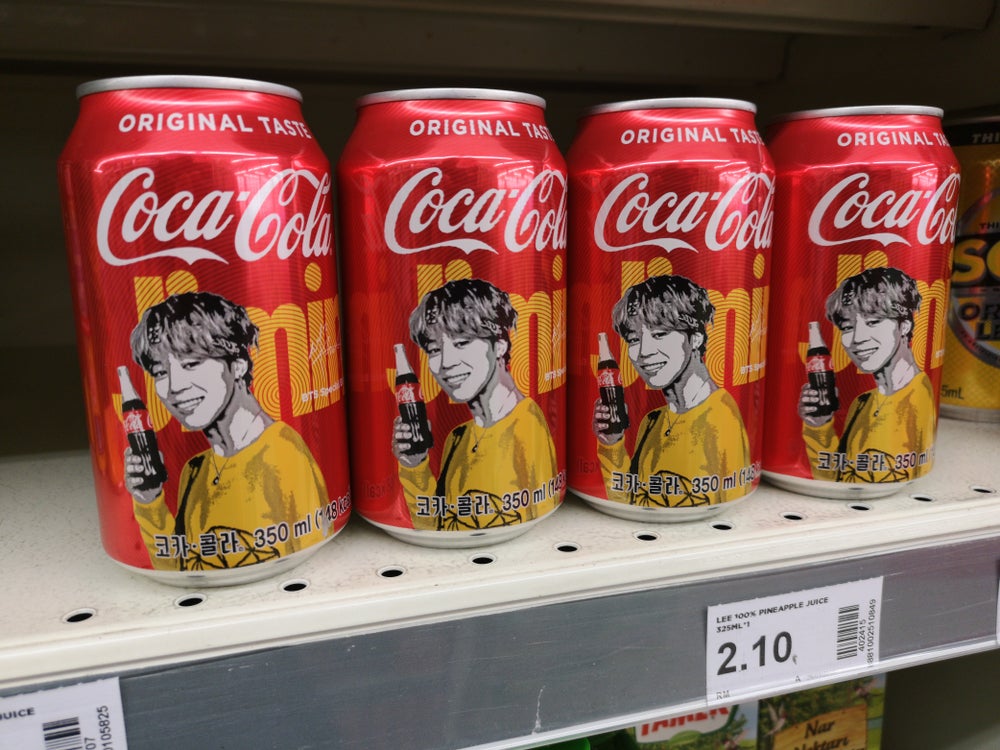Years ago, I managed search campaigns for a tax software client. The volume of queries for informational keywords such as "tax advice" and "tax info" were off the charts, but we could never justify buying ads on this traffic because it was considered too far from the conversion point. They were valuable potential customers, but it was costly to provide an information service to the public. Even today, I hear this conundrum voiced among marketers of all kinds of products.
But there's one frequently overlooked opportunity to drive brand education and informational engagements in search results: video!
Every day, millions of searchers ask Google and YouTube questions. Some of the most popular questions include "how to tie a tie," "how to kiss," and "how to set up a printer." Since the advent of universal search results, Google often places videos on the first page of organic results. Brands now have the opportunity to begin a participation pathway with them by providing helpful content to searchers.
Just how big is the opportunity?
Performics recently set out to quantify the scale of this oft missed opportunity by analyzing 300 top search queries on Google.
• There is significant volume – for example, more than 1.5 million searches/month for "how to tie a tie"
• Informational or how-to searches were 12.7 times more likely to trigger video on page one, compared to transactional queries for the same topic ("how to tie a tie" versus "tie")
• Informational searches were 8.25 times more likely than brand queries to trigger embedded page one videos
• Only 23% of videos generated by information queries came from brands
• Of the brand-produced videos, most came from small, lesser-known brands
Informational queries represent high volumes but different search expectations. Most people in research mode are not yet in buy mode, but engage in branded content if it's useful.
Consumers Want Video
Demonstrative video provides a response to informational needs. Of course, the easiest way to teach someone to tie a tie is to show them, right? Designer, retail and apparel brands that sell ties should create a search optimized "how to tie a tie" video to provide valuable content in the right place at the right time. The concept is not novel, but the application provides a new way to create a solid yet cost effective touch point. If they'll spend several minutes with you (and likely replay the video a few times while they practice) they'll bond with you as a provider of trusted information. Clever marketers will figure out how to embed a call to action such as a link to more videos on the brand's site, a coupon, or a mailing list for men's business fashion do's and don'ts.
And video marketing isn't just for consumer goods. The professional audience is eating up video, and producing it! I have a random passion for heavy machinery (don't ask), and I love this guy who teaches people how to use a backhoe: http://www.youtube.com/watch?v=sXf63vgk7gk He's creating content for an aggregator, Expert Village. Nearly 90,000 people have watched! Why isn't he being tapped by Caterpillar or John Deere? Again, lots of wonderful ideas here for fast moving, smart marketers.
The following questions provide a starting point for opportunities with video:
• Do my brand's products, services or categories lend themselves to explanations or directions?
• Does my marketing program address people's propensity to seek "how-to" or "what is" information?
• What roles can video play in my overall digital and SEO strategies?
• What types of videos anchor my programs?
• What's our tone and style? Is there a connected theme?
• How can videos increase participation and engagement?
When talking through video options with your team, these half dozen tips can help:
1. Get creative
2. Be discreet when featuring products or services
3. Pull videos out of Flash
4. Embed videos on your site first using a professional video streaming service (not YouTube), then syndicate copies through YouTube and other platforms
5. Promote through social media to boost sharing and SEO value
6. Don't overlook paid media (YouTube has a Promoted Videos product, and you can overlay commercial messages on videos)
Benefits of informational video include increased awareness, more positive brand perceptions and preference, heightened consideration and brand loyalty. Bonus: Informational videos are also more likely to be shared via social media than ANY other type of online content!
Dana Todd ( dana.todd@performics.com ) is senior vice president, marketing and business development for Performics.



